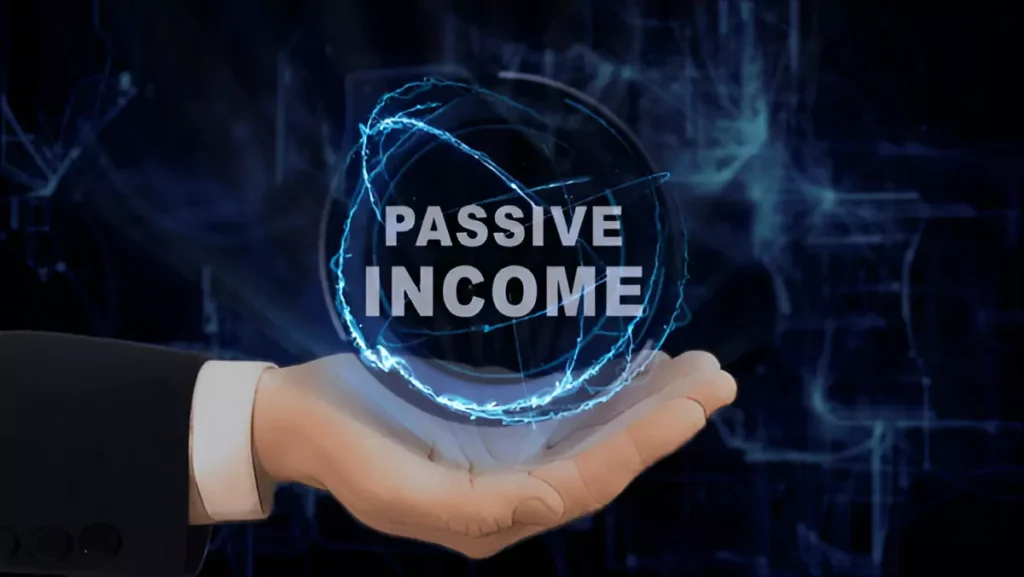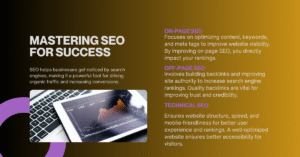Passive Income Through Blogging: Myth or Reality?

Earning passive income sounds like a dream come true, doesn’t it? The ability to make money while you sleep, travel, or spend time with friends is undeniably appealing. For many, blogging seems like the perfect gateway to this lifestyle. But is passive income through blogging a myth, or can it truly become a reality?
This blog takes a deep look at whether blogging can indeed generate passive income. You’ll learn what it takes to monetize a blog, the time and effort involved, and actionable steps to make blogging a viable source of income.
What Is Passive Income?
Before we go into specifics, it’s essential to understand what “passive income” really means. Passive income refers to revenue that is generated with minimal effort or active involvement after an initial setup. Examples include earning royalties on a book, investing in dividends, or creating online courses.
When it comes to blogging, the idea of passive income often stems from monetizing a blog with strategies such as affiliate marketing, ads, sponsored content, or selling digital products. The goal is to create a system where your blog earns you money even when you aren’t actively writing or managing it.
But is that truly passive? The short answer is no. Blogging involves quite a bit of work upfront, and even after it’s been monetized, ongoing maintenance is usually required.
The Realities of Achieving Passive Income Through Blogging
1. There’s No Overnight Success
Building a blog that generates significant income requires consistent effort, patience, and strategy. A successful blog doesn’t emerge overnight. From choosing the right niche and creating valuable content to growing your audience, there’s significant groundwork involved.
For example:
- It may take 6-12 months to see noticeable website traffic.
- SEO optimization can take weeks or months to rank your blog posts on Google.
- Developing a loyal audience often involves interacting with readers and promoting your content across multiple platforms.
2. Monetization Takes Strategy
Merely starting a blog won’t generate income. You’ll need to implement targeted strategies to earn money, such as:
- Affiliate Marketing: Earn commissions by promoting products or services through your blog. Platforms like Amazon Associates or ShareASale can help you get started.
- Ads: Once you reach a certain traffic level, you can display ads through platforms like Google AdSense or Mediavine and receive income based on ad impressions or clicks.
- Sponsored Posts: Partnering with brands to promote their products or services can be lucrative.
- Selling Digital Products: E-books, templates, or online courses are popular options.
Each of these options demands planning and execution. Without focusing on monetization strategies, your blog will remain more of a hobby than an income-generating asset.
3. Traffic Is the Lifeblood of Blog Income
Whether you’re earning revenue from affiliate links, ads, or products, consistent web traffic is crucial. Generating traffic requires:
- Consistent Content Creation: Regularly publishing high-quality, engaging, and niche-relevant articles.
- SEO Expertise: Optimizing your blog for search engines with proper keywords, backlinks, and meta descriptions.
- Social Media Promotion: Actively sharing your blogs on platforms like Instagram, Facebook, or Pinterest to reach a broader audience.
Without a steady stream of visitors, it becomes almost impossible to scale your blog as a source of income.
Steps to Turn a Blog Into a Passive Income Generator
While the process isn’t entirely passive, the right systems can help reduce your daily effort. Here’s how to set things up:
Step 1. Identify Your Niche
Choose a niche that you’re both passionate about and has earning potential. Popular categories include personal finance, travel, fitness, fashion, and food. Target a specific audience within your niche to create a more loyal and engaged readership.
Example: Instead of writing about “travel” broadly, focus on “budget travel for solo female travelers.”
Step 2. Create High-Value Content
Content is king. Write engaging, well-researched articles that solve problems for your audience. Use visuals, infographics, or videos to make your posts stand out. Always aim to create content better than what’s already ranking in Google for your targeted keywords.
Step 3. Focus on SEO

Search engine optimization (SEO) is the key to driving organic traffic to your blog over the long term. Conduct keyword research using tools like Ahrefs or SEMrush and optimize your posts for those terms. Don’t forget on-page SEO elements like meta titles, descriptions, headings, and alt text.
You can Learn about: Mastering SEO for Web Success
Step 4. Monetize Strategically
Once you’ve built a solid content base and a regular audience, implement monetization methods tailored to your niche:
- For tech blogs: Incorporate affiliate links for software subscriptions.
- For lifestyle blogs: Partner with brands for sponsored collaborations.
- For personal finance blogs: Sell downloadable tools like budget trackers.
Experiment with multiple revenue streams to maximize your earning potential.
Step 5. Build Evergreen Content
To reduce ongoing work, aim to create “evergreen” content, which remains relevant and useful over time. For example:
- “10 Essential Travel Tips for First-Time Backpackers” (Good, evergreen example)
- “Best Laptops to Buy in 2023” (Time-sensitive; less evergreen)
Evergreen articles can continue to generate traffic and revenue months or even years after they are published.
Step 6. Automate to Save Time
Use automation tools wherever possible to minimize effort:
- Email Marketing Platforms like ConvertKit can help you send newsletters and maintain relationships with your audience automatically.
- Social Media Scheduling Tools like Buffer can streamline your content promotion.
- Ad Managers like Mediavine take care of placing ads and optimizing payouts.
Pros and Cons of Passive Income Blogging
Pros
- Scalability: The more content you publish, the bigger your earning potential.
- Flexibility: Work on your blog from anywhere and at your own pace.
- Creative Outlet: Blogging is an excellent medium for sharing your expertise or passions.
Cons
- Slow Start: Income isn’t immediate and may take months (or years) to build.
- Constant Learning: SEO, analytics, and monetization techniques require ongoing education.
- High Competition: Many niches are saturated, demanding a unique value proposition to stand out.
Is Passive Income From Blogging a Myth?
Passive income through blogging is not an outright myth, but it’s also not as easy as some may suggest. The process is far from passive in the beginning and requires a consistent investment of time and effort. Once established, however, a well-monetized blog can deliver significant rewards, including semi-passive income streams.
For anyone looking to start blogging with the goal of generating income, focus on creating value, being patient, and staying persistent. The “passive” part of the passive income equation is achieved only after you’ve done the upfront work.
Keep Going and Start Blogging Today
Blogging has the potential to be a profitable venture, but it’s not an instant win. With smart strategies and a commitment to growth, you can turn your blog into an income-generating asset. Now the question is, are you ready to take the first step?
If you’re keen to begin your blogging journey or optimize an existing one, start by researching your niche and creating your first piece of high-quality content. Remember, every successful blog started with a single post.





